Home>Garden Essentials>When To Plant Ground Cover Plants


Garden Essentials
When To Plant Ground Cover Plants
Modified: March 7, 2024
Discover the best time to plant ground cover plants in your garden and create a beautiful landscape with our helpful gardening tips.
(Many of the links in this article redirect to a specific reviewed product. Your purchase of these products through affiliate links helps to generate commission for Storables.com, at no extra cost. Learn more)
Introduction
Ground cover plants offer a multitude of benefits in a garden. They provide a lush carpet of greenery, suppress weed growth, prevent soil erosion, and add visual interest. Whether you’re looking to fill in gaps between larger plants or create a low-maintenance garden, ground cover plants are a fantastic option.
However, choosing when to plant ground cover plants is crucial for their successful establishment and growth. Factors such as soil conditions, sunlight requirements, climate, and maintenance play a significant role in determining the ideal planting time. In this article, we will explore these factors and guide you on when to plant ground cover plants.
Key Takeaways:
- Choose spring or fall for planting ground cover plants for best growth. Consider soil, sunlight, climate, and maintenance needs for successful establishment.
- Tailor plant selection and planting timing to your specific region’s climate and conditions for thriving ground cover plants. Consult local experts for guidance.
Read more: When To Plant Pachysandra Ground Cover
Factors to Consider Before Planting
Before diving into the best times to plant ground cover plants, it’s essential to consider a few key factors that can influence their growth and survival. Let’s take a closer look at these factors:
Soil Conditions
The condition of your soil is vital for the success of ground cover plants. Different varieties have specific soil preferences, such as well-draining soil or acidic soil. Before planting, test your soil to determine its pH level and nutrient content. Based on the results, you can amend the soil if needed to create the optimal conditions for your chosen ground cover plants.
Sunlight Requirements
Understanding the sunlight requirements of your ground cover plants is crucial for their healthy growth. Some species thrive in full sun, while others prefer partial or full shade. Assess the sunlight conditions in your garden and choose ground cover plants that are well-suited to the available light levels. This will ensure they receive the proper amount of sunlight to thrive.
Climate and Hardiness Zones
Consider your climate and the hardiness zone in which you live. Different ground cover plants have varying tolerance to cold temperatures or heat. Make sure to select plants that are suitable for your specific climate to ensure their survival. Consult the USDA Hardiness Zone map or check with local gardening experts to determine the appropriate ground cover plant choices for your region.
Read more: When To Plant Ground Cover In Texas
Maintenance and Care
Think about the level of maintenance and care you are willing to provide for your ground cover plants. Some varieties require regular pruning, fertilizing, or watering, while others are more low-maintenance. Consider your time availability and gardening preferences when selecting ground cover plants, as this will impact how well they thrive in your garden.
Key Takeaways:
- Choose spring or fall for planting ground cover plants for best growth. Consider soil, sunlight, climate, and maintenance needs for successful establishment.
- Tailor plant selection and planting timing to your specific region’s climate and conditions for thriving ground cover plants. Consult local experts for guidance.
Read more: When To Plant Pachysandra Ground Cover
Factors to Consider Before Planting
Before diving into the best times to plant ground cover plants, it’s essential to consider a few key factors that can influence their growth and survival. Let’s take a closer look at these factors:
Soil Conditions
The condition of your soil is vital for the success of ground cover plants. Different varieties have specific soil preferences, such as well-draining soil or acidic soil. Before planting, test your soil to determine its pH level and nutrient content. Based on the results, you can amend the soil if needed to create the optimal conditions for your chosen ground cover plants.
Sunlight Requirements
Understanding the sunlight requirements of your ground cover plants is crucial for their healthy growth. Some species thrive in full sun, while others prefer partial or full shade. Assess the sunlight conditions in your garden and choose ground cover plants that are well-suited to the available light levels. This will ensure they receive the proper amount of sunlight to thrive.
Climate and Hardiness Zones
Consider your climate and the hardiness zone in which you live. Different ground cover plants have varying tolerance to cold temperatures or heat. Make sure to select plants that are suitable for your specific climate to ensure their survival. Consult the USDA Hardiness Zone map or check with local gardening experts to determine the appropriate ground cover plant choices for your region.
Read more: When To Plant Ground Cover In Texas
Maintenance and Care
Think about the level of maintenance and care you are willing to provide for your ground cover plants. Some varieties require regular pruning, fertilizing, or watering, while others are more low-maintenance. Consider your time availability and gardening preferences when selecting ground cover plants, as this will impact how well they thrive in your garden.
Best Times to Plant Ground Cover Plants
Choosing the right time to plant ground cover plants is crucial for their successful establishment and growth. While the specific timing may vary depending on your location and climate, there are two optimal seasons for planting ground cover plants: spring and fall.
Spring
Spring is an excellent time to plant ground cover plants because it provides them with a longer growing season to establish their roots before the summer heat sets in. As the soil begins to warm up and frost is no longer a concern, ground cover plants can take advantage of the favorable conditions to grow and spread. Planting in early spring allows the plants to acclimate and establish themselves before the heat of summer arrives.
Before planting in the spring, make sure the soil is workable and has dried out from winter moisture. This will prevent excessive waterlogging, which can hinder root development. It’s also a good idea to prepare the soil by removing any weeds or debris and adding organic matter to improve its structure and fertility.
Read more: When To Plant Creeping Thyme Ground Cover
Fall
Fall is another ideal time to plant ground cover plants, particularly in regions with hot summers. Planting in the fall allows the plants to establish their root systems before the onset of winter. The cooler temperatures and regular rainfall in the fall create optimal conditions for root growth and establishment.
When planting in the fall, aim to do so at least six weeks before the first frost date in your region. This will give the ground cover plants enough time to develop strong roots before winter arrives. Ensure that the plants are well-watered and provide a layer of mulch around them to insulate the soil and protect the young plants from extreme temperatures.
Overall, both spring and fall provide favorable conditions for planting ground cover plants. However, it’s important to consider your specific climate and the specific requirements of the plants you choose. Consulting local gardening resources and experts can help you determine the best time to plant ground cover plants in your area.
Planting Ground Cover Plants in Specific Regions
Planting ground cover plants requires consideration of the specific climate and environmental conditions in different regions. Let’s explore the planting considerations for ground cover plants in northern climates, southern climates, and coastal regions.
Planting in Northern Climates
In northern climates with colder temperatures and shorter growing seasons, it’s crucial to choose ground cover plants that are hardy and capable of withstanding frost and cold temperatures. Opt for cold-tolerant varieties such as Creeping Thyme, Ajuga, and Snow-in-Summer. These plants have the ability to survive freezing temperatures and can provide a beautiful ground cover throughout the spring, summer, and fall.
When planting in northern climates, it’s best to opt for spring planting once the ground thaws and the frost is no longer a concern. This allows the plants to establish their root systems before the harsh winter sets in. Be sure to prepare the soil by adding organic matter and ensuring proper drainage to promote healthy growth.
Planting in Southern Climates
Ground cover plants in southern climates face different challenges, such as intense heat, high humidity, and extended periods of drought. It’s important to choose ground cover plants that can tolerate these conditions and thrive in the unique climate of the region. Some suitable options include Liriope, Sedum, and Vinca Minor.
In southern climates, fall is often the best time to plant ground cover plants. The cooler temperatures and increasing rainfall create favorable conditions for root development. However, if you choose to plant in the spring, make sure to do so early to allow the plants to establish before the scorching summer heat arrives. Proper watering and mulching are essential during dry periods to maintain the health and vitality of the plants.
Read more: When Do You Plant Phlox Ground Cover
Planting in Coastal Regions
Coastal regions present their own unique challenges for planting ground cover plants, such as high salt levels in the soil, strong winds, and variable moisture levels. Selecting salt-tolerant and wind-resistant ground cover plants is key for successful growth in these areas. Some suitable options include Beach Aster, Sea Thrift, and Beach Pea.
When planting in coastal regions, it’s important to consider the prevailing wind direction and use windbreaks or protective barriers to shield the plants from strong gusts. Adequate watering is crucial, especially in drier coastal areas, to counteract the potential salt accumulation in the soil. Regular monitoring and adjustment of soil moisture levels will help ensure the health and vitality of your ground cover plants in coastal regions.
Remember to always consider the specific needs and requirements of the ground cover plants you choose, as well as the conditions in your specific region. Consulting with local gardening experts or extension services can provide valuable insight and guidance for successful planting in your specific area.
Conclusion
Planting ground cover plants can transform your garden, providing beauty, functionality, and environmental benefits. By considering factors such as soil conditions, sunlight requirements, climate, and maintenance, you can set the stage for successful planting and growth.
The best times to plant ground cover plants are typically in the spring and fall. Spring offers a longer growing season, allowing plants to establish their roots before the heat of summer. Fall provides optimal conditions for root growth and establishment, especially in regions with hot summers. By planting during these seasons, you give your ground cover plants the best chance to thrive.
However, it’s important to tailor your planting approach to the specific region and climate. In northern climates, choose hardy varieties capable of withstanding freezing temperatures. In southern climates, select plants that can tolerate intense heat and drought. Coastal regions require salt-tolerant and wind-resistant species to overcome the challenges of salt accumulation and strong winds.
Remember to prepare your soil, provide proper drainage, and amend it with organic matter to create the ideal environment for your ground cover plants. Regular watering, mulching, and ongoing maintenance will help ensure the health and vitality of your plants throughout their growth cycle.
Consulting with local gardening experts, extension services, or reputable online resources specific to your region can provide valuable insights and guidance. These resources can offer advice on plant selection, planting timing, and maintenance recommendations tailored to your specific area.
In conclusion, the key to successful ground cover plantings lies in understanding your soil, climate, and the specific needs of the plants you choose. By carefully considering these factors and following the best practices for planting and care, you can create a stunning garden filled with vibrant and thriving ground cover plants.
Frequently Asked Questions about When To Plant Ground Cover Plants
Was this page helpful?
At Storables.com, we guarantee accurate and reliable information. Our content, validated by Expert Board Contributors, is crafted following stringent Editorial Policies. We're committed to providing you with well-researched, expert-backed insights for all your informational needs.
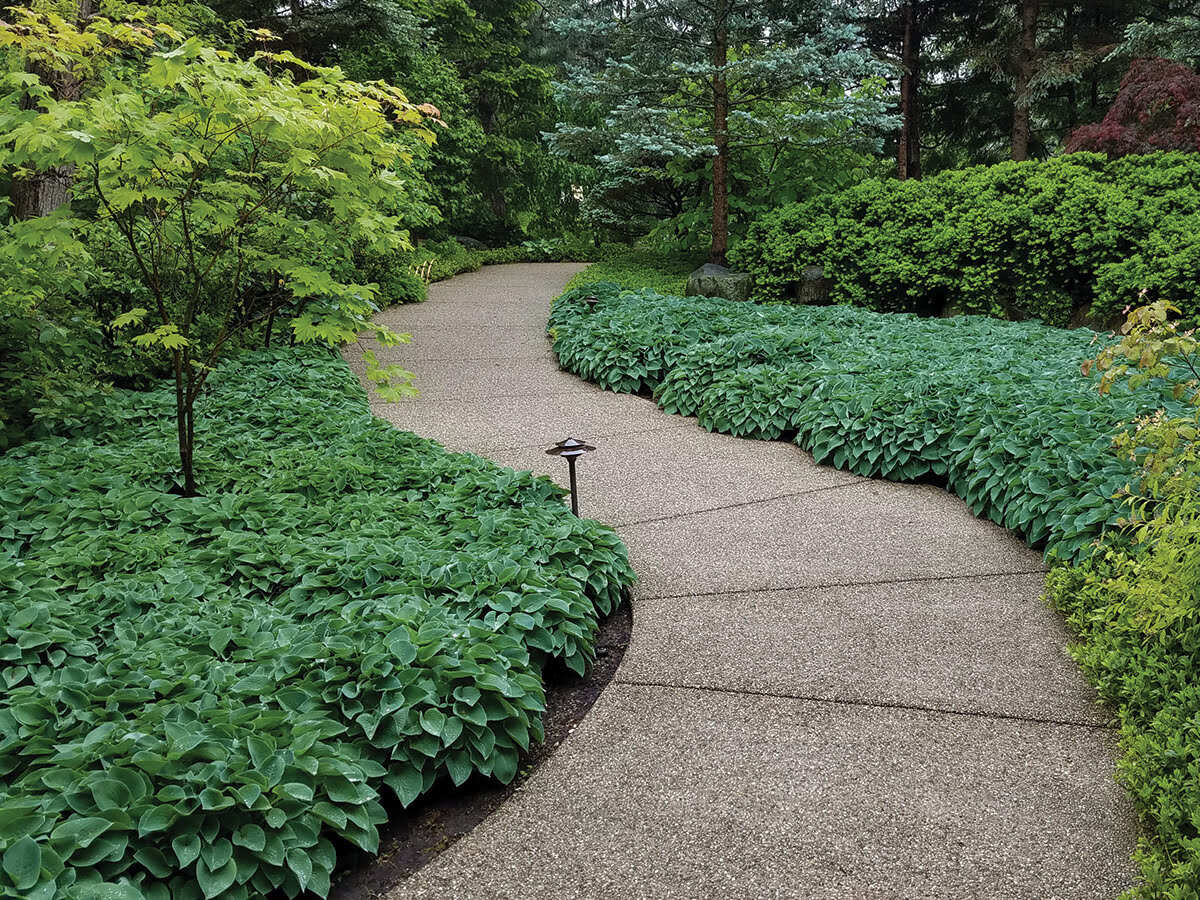

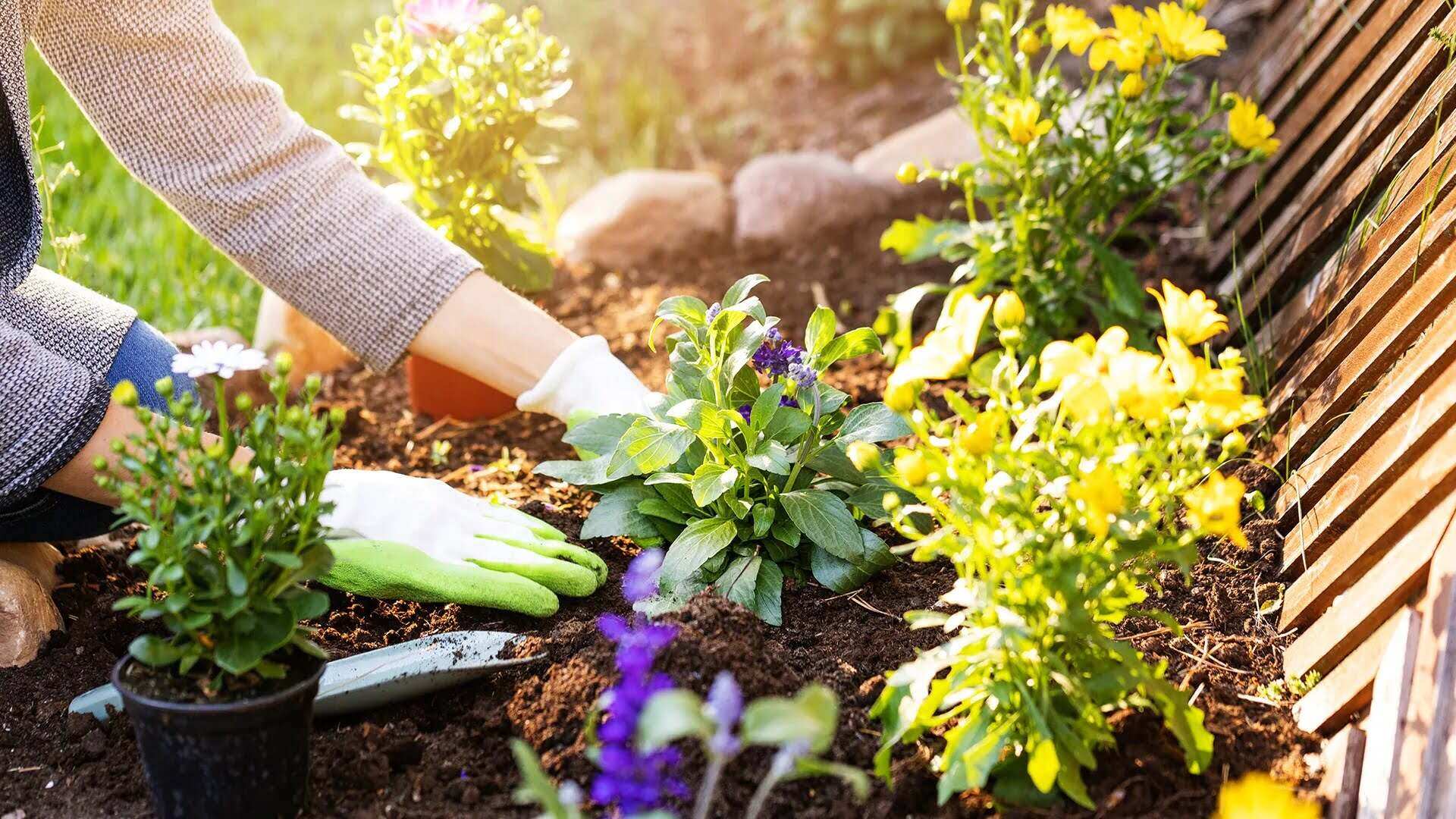
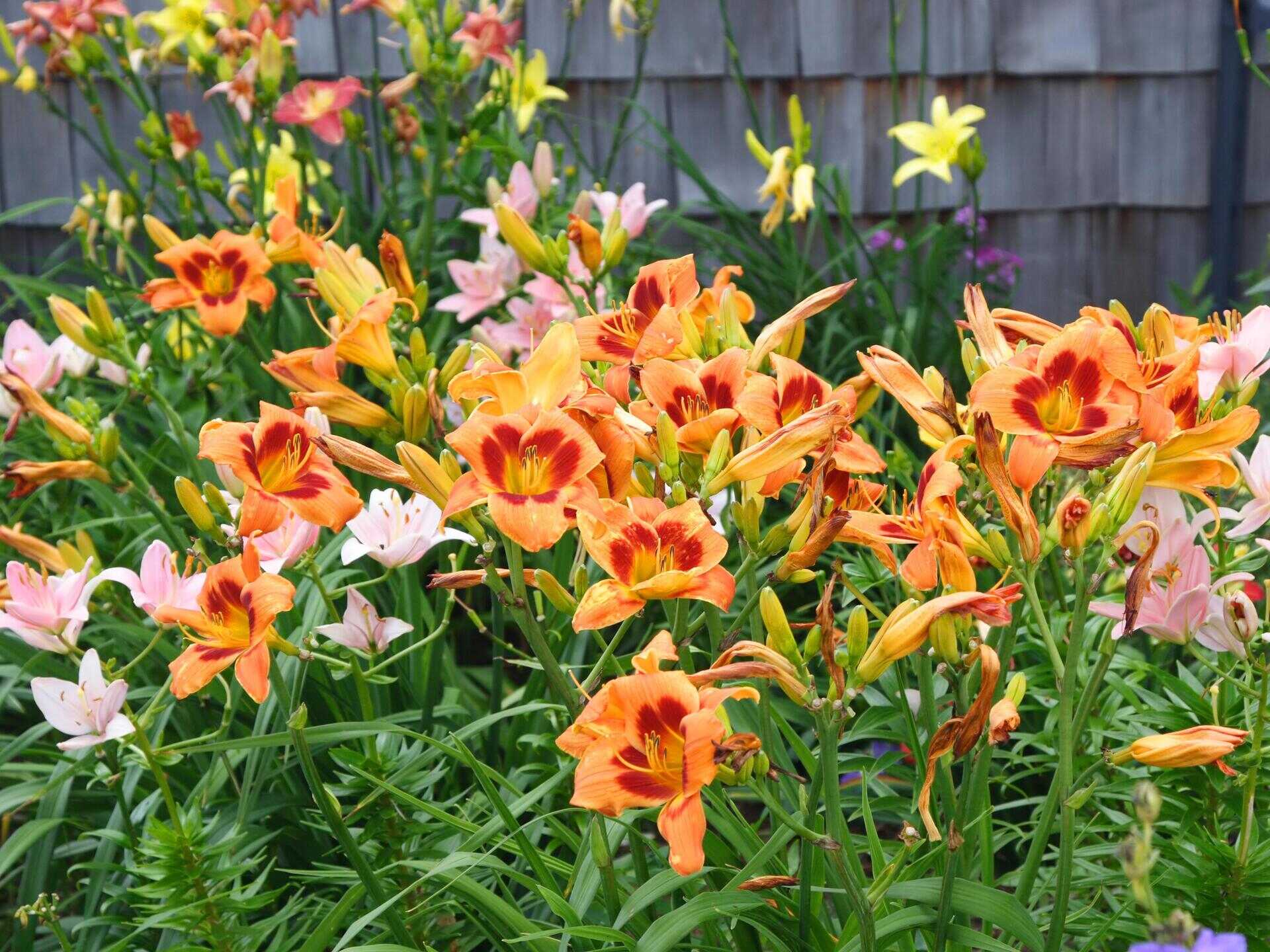

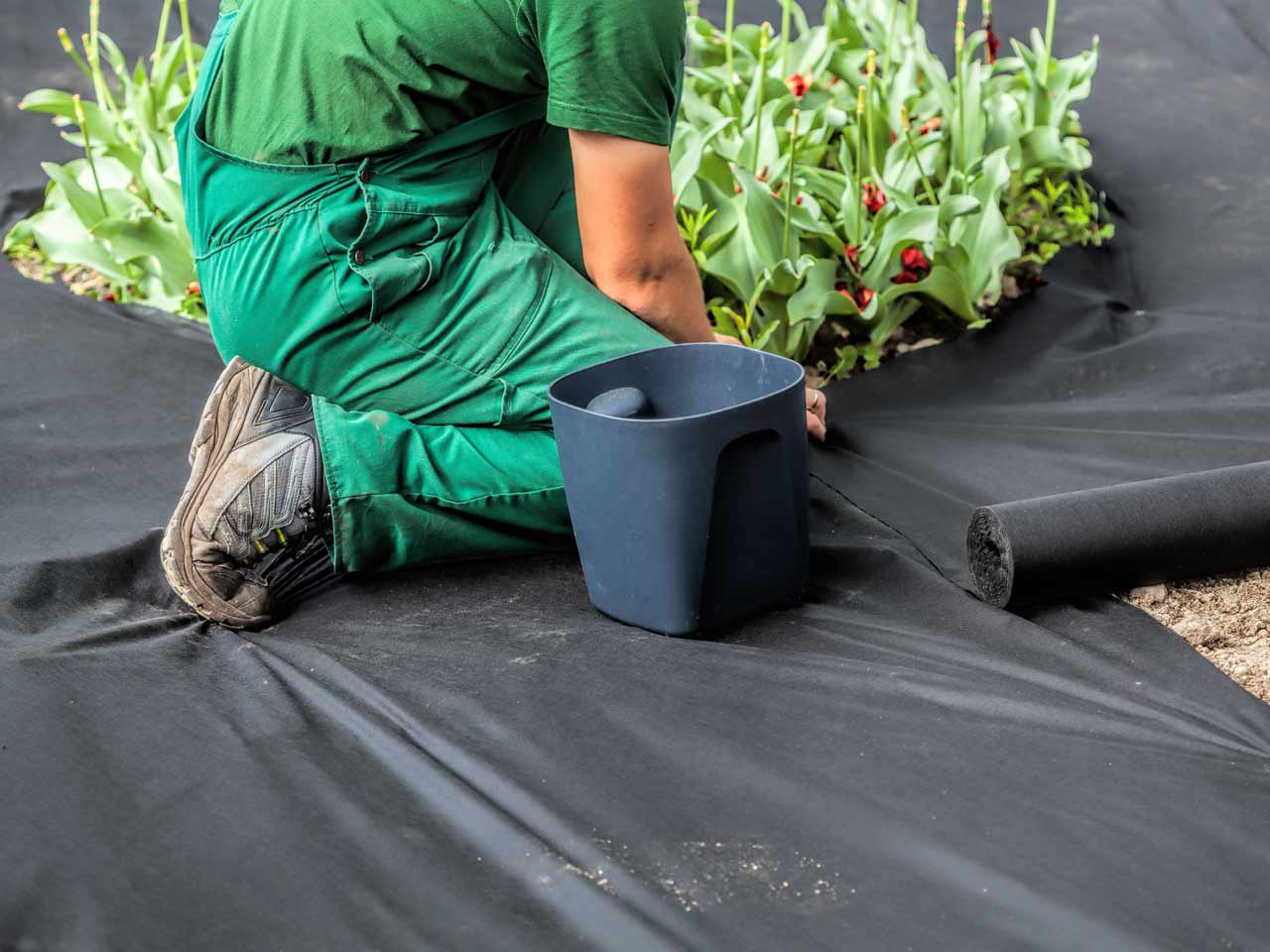
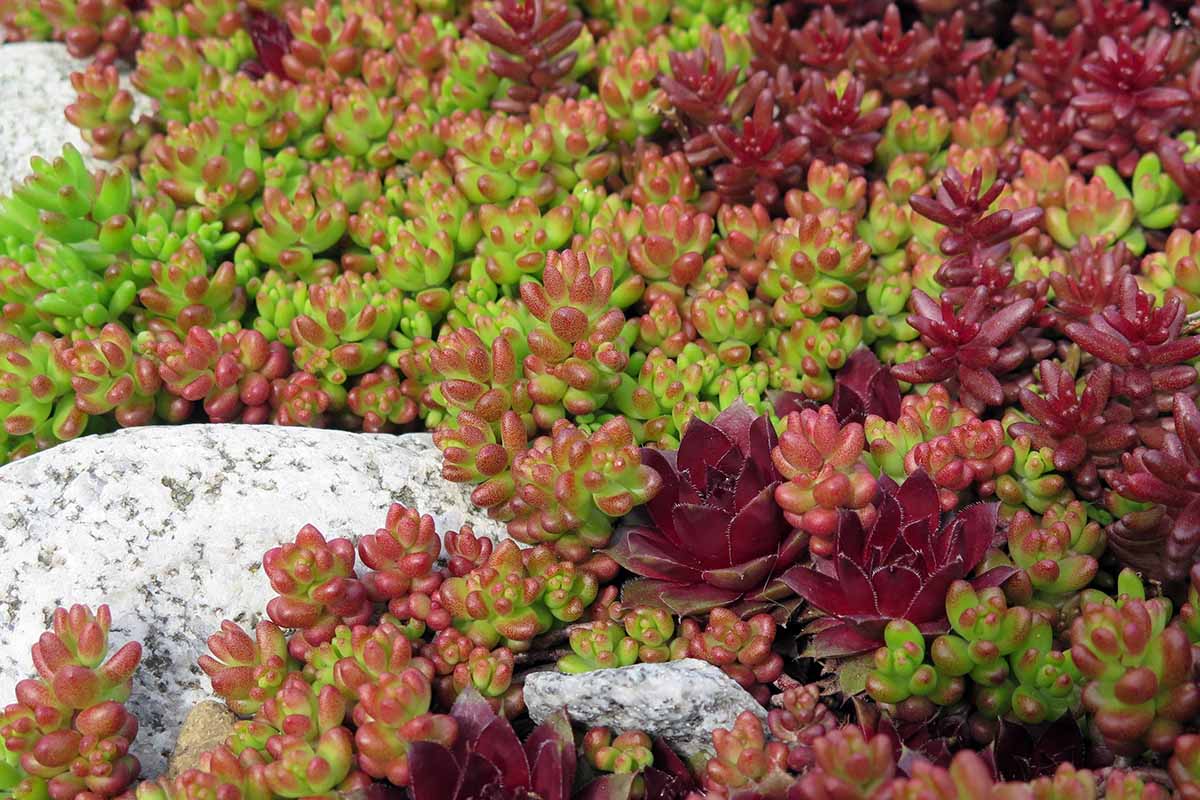
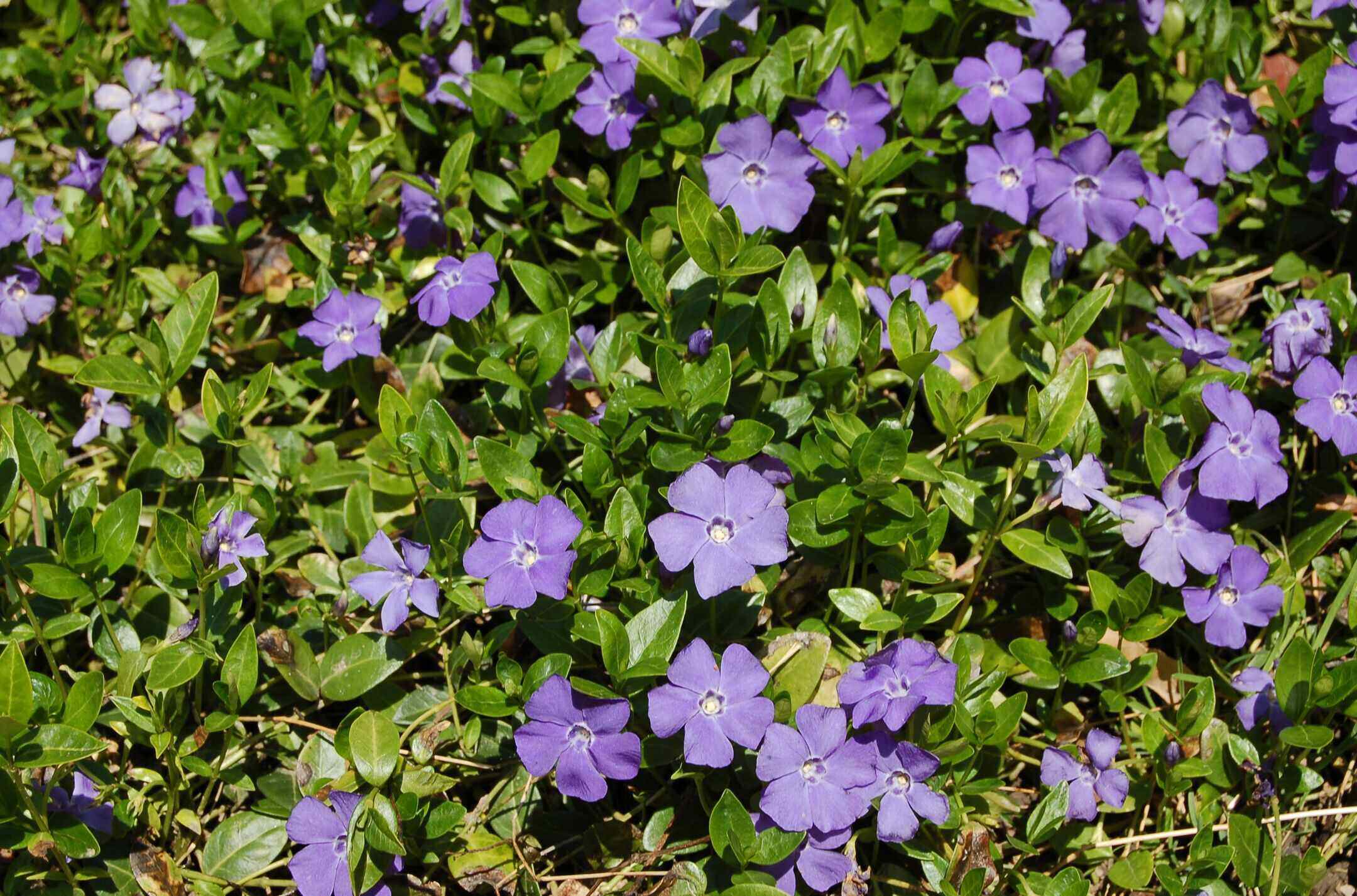
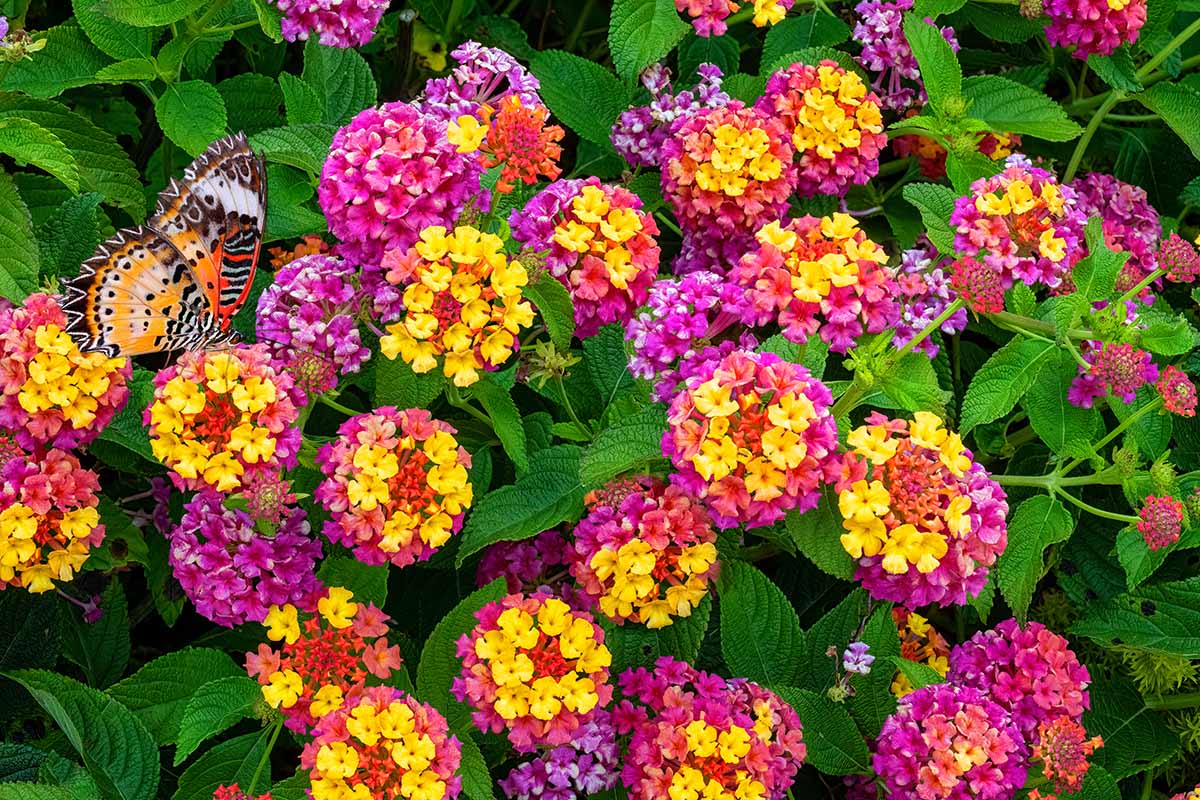
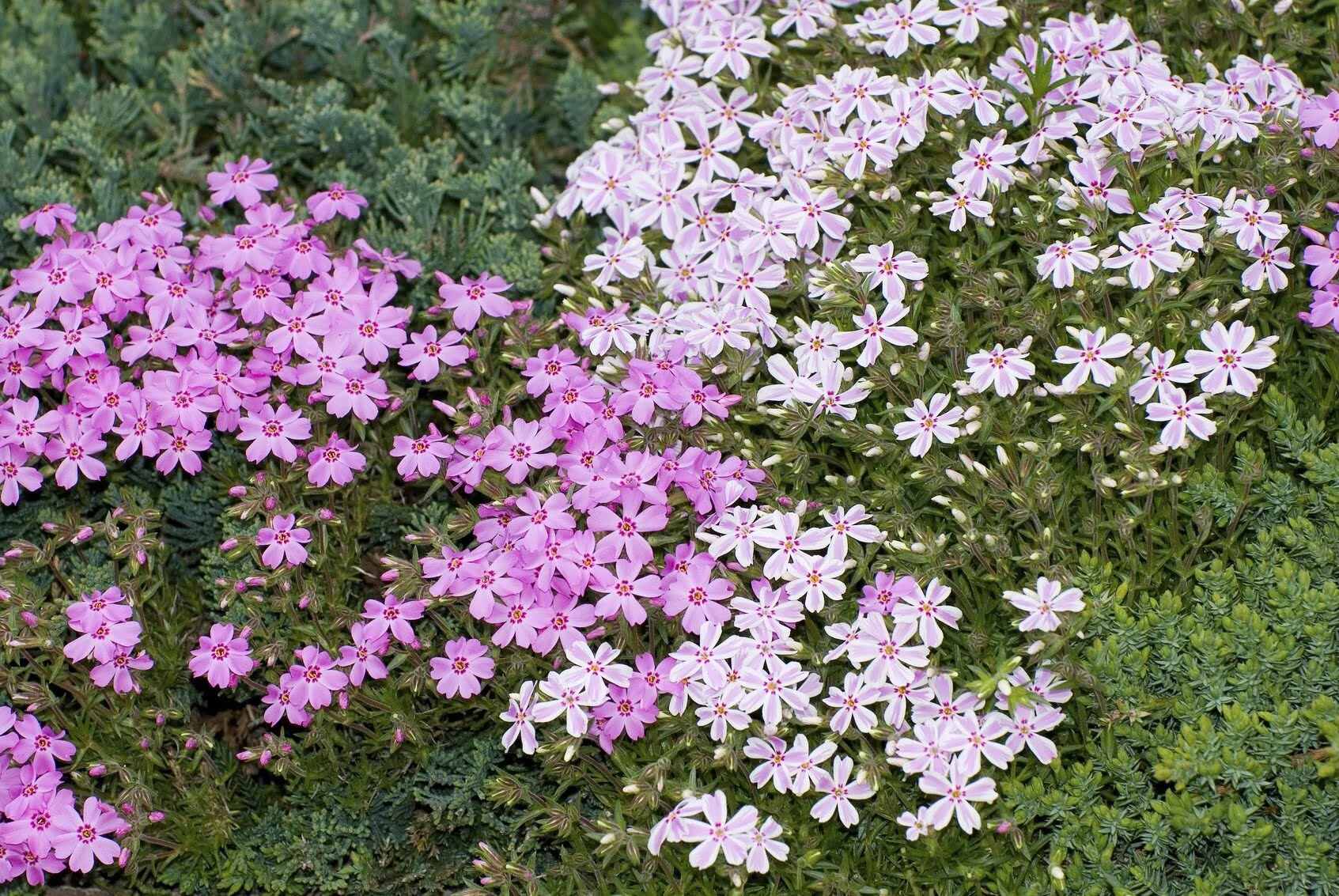


0 thoughts on “When To Plant Ground Cover Plants”